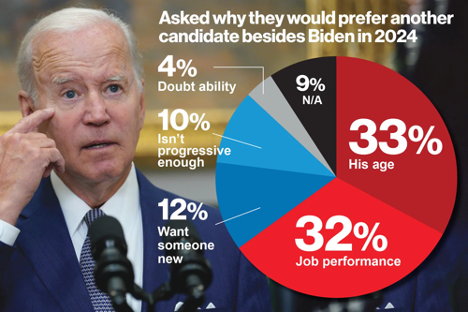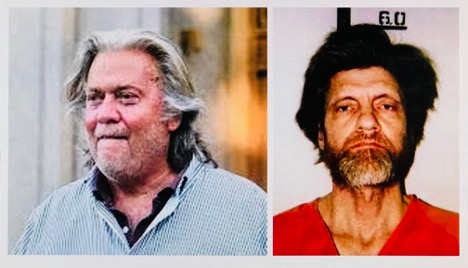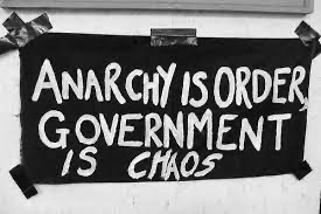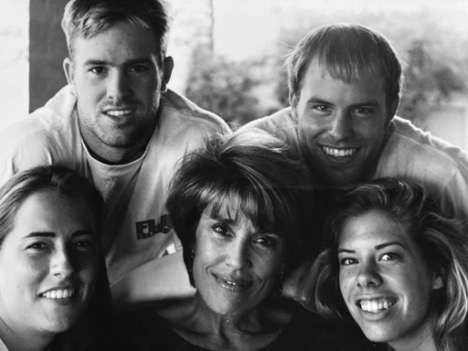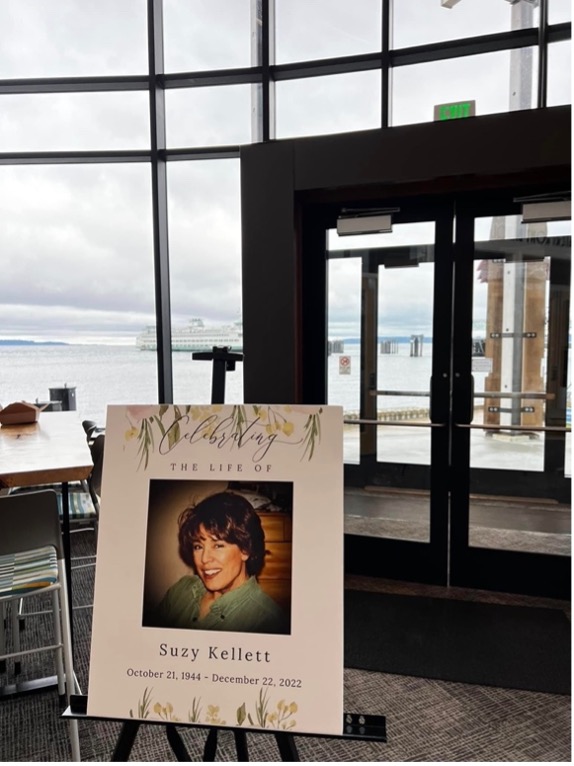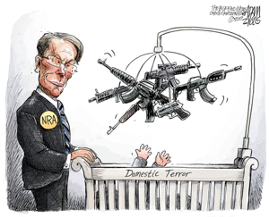
It’s not hard to explain my devotion to Jimmy Buffett. Everything about him is sheer exuberant joy. I jumped on his bandwagon in ’73. My first album was A White Sport Coat and a Pink Crustacean album and it was followed in ’74 with AIA. When he released his album “A Pirate Looks at Forty I was 37. I wasn’t thinking mortality, but the album and the title song struck a note with me, and they’ve long been favorites of mine.
His death, on Friday, from Merkel cell carcinoma, a rare and aggressive form of skin cancer, reminds me that no matter how good life looks at any moment it’s never guaranteed. As the survivor of six melanomas I know that. I’m sure he had the best medical care money can buy. He had plenty, but that doesn’t matter when those insidious cells slip in under the radar. I’ve just been luckier.
For that I’m deeply indebted to Dr. Don Kern. He discovered my first melanoma in 1999 and managed to keep me cancer free for more than 20 years. Don was a wine collector, a serious academic–not the kind of person likely to be a Jimmy Buffett fan. But our joke, and Jimmy would have approved, was that if he kept me melanoma free I would keep his upscale wine cellar stocked. We kept both sides of the bargain until his retirement two years ago. I’m just sorry Jimmy didn’t have a Don Kern.
But, my affection and connection to Buffett was more than skin deep. I never met him, but we shared a number of interests. We both loved the sun (dangerous it turned out), Key West, tropical waters, sailing, flying, playing “Gulf and Western” style guitar, and Mount Gay rum.
Since his death on Friday I’ve read all the obituaries and tributes, but nothing quite captures his magic. I saw him in concert twice. The first time in 1981 when I was living in Miami and the second in 2012 when he played Seattle where we joined thousands of gray- haired, Hawaiian shirt wearing sing-along Parrot Heads. Marilynn was astonished. I knew the words to every song.
We came close to seeing him a third time in Key West when he gave an unannounced surprise sold out concert for a bunch of Parrot Heads. It was a private gig limited to fan club members. It would have been great – small venue and a devoted Key West audience – but as Mick Jagger says, “You can’t always get what you want.” Instead we paid tribute by spending the night drinking painkillers at Captain Tony’s.
So many of the tributes have focused on Margaritaville, the song and the empire, but that doesn’t begin to scratch the surface. His success as a businessman was ancillary. He was a true entertainer and delivered that sheer in person joy to millions.
It would be a stretch to compare him to Nobel Prize winning Bob Dylan, but he was no slacker in the serious lyrics department. He wrote about love, death, immigration, and war–but primarily about living life to the fullest and sharing his own sense of joy.
One of my favorite songs is One Particular Harbor and I thought of it when I learned that he died at his home in Sag Harbor on Long Island. It seemed to fit, not with his Caribbean persona but with his seriousness as a writer. Sag Harbor was also where two of my other favorite artists, James Salter and Peter Matthiessen lived and died. Good company for a jolly mon.
When I first heard He Went to Paris I imagined he was writing his own eulogy:
Now he lives in the islands, fishes the pilin’s
And drinks his green label each day
He’s writing his memoirs and losing his hearing
But he don’t care what most people say
Through 86 years of perpetual motion
If he likes you he’ll smile then he’ll say
Jimmy, some of it’s magic, some of it’s tragic
But I had a good life all the way
And he went to Paris looking for answers
To questions that bother him so

Reading departure signs in some big airport reminds me of the places I’ve been.
Visions of good time that brought so much pleasure makes me want to go back again.
If it suddenly ended tomorrow I could somehow adjust to the fall.
Good time and riches and son-of-a-bitches I’ve seen more than I can recall
RIP Jolly Mon








